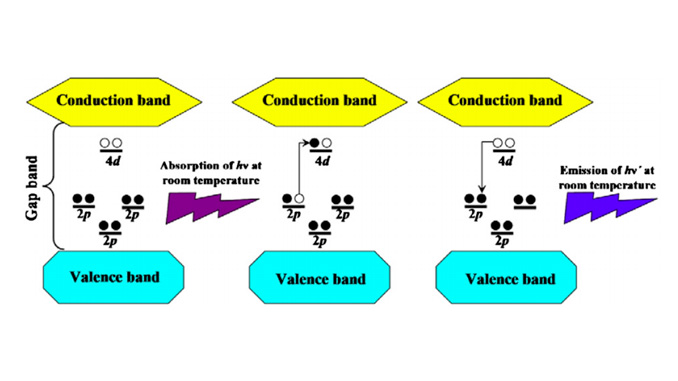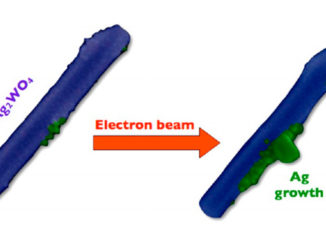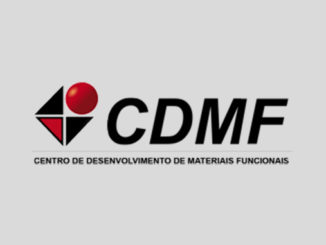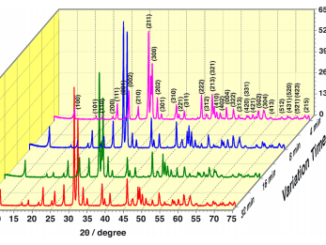
Writers: F. Moura; A.Z.Simões; R.C.Deus; M.R.Silva; J.A.Varela; E.Longo
Keywords: A. Ceramics; B. Chemical syntheses; B. Powder metallurgy; C. X-ray diffraction
Abstract: A study was undertaken about the structural and photoluminescent properties at room temperature of CaCu3Ti4O12 (CCTO) powders synthesized by a soft chemical method and heat treated between 300 and 800 °C. The decomposition of precursor powder was followed by thermogravimetric analysis (TG-DTA), X-ray diffraction (XRD), Fourier transform infrared (FT-IR), Fourier transform Raman (FT-Raman) and photoluminescence (PL) measurements. XRD analyses revealed that the powders annealed at 800 °C are becoming ordered and crystallize in the cubic structure. The most intense PL emission was obtained for the sample calcined at 700 °C, which is not highly disordered (300–500 °C) and neither completely ordered (800 °C). From the spectrum it is clearly visible that the lowest wavelength peak is placed around 480 nm and the highest wavelength peak at about 590 nm. The UV/vis absorption spectroscopy measurements showed the presence of intermediate energy levels in the band gap of structurally disordered powders.




